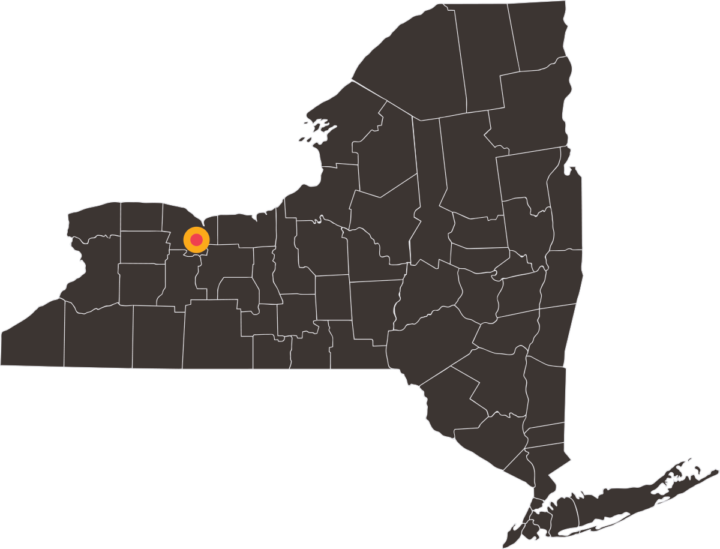Schenectady Police Department
Civil Liberties Union
Based on information we’ve gathered, we have found that the Rochester Police Department:

As of February 2016, the Rochester Police Department had 711 sworn personnel, equivalent to one for every 296 residents of Rochester. Women represented only 13% of sworn personnel: 15% of lower ranks, 10% of middle ranks, and none of the upper ranks. While the city of Rochester is 39% black, 37% white, and 17% Hispanic, the police department was 12% black, 74% white, and 11% Hispanic. People of color accounted for 28% of officers, 15% of captains, and 40% of positions ranked above captain.
In the three-year period between 2012 and 2014, the Rochester Police Department made 2,502 arrests for Possession of Marijuana (89% people of color), 376 for Disorderly Conduct (78% people of color), and 128 for 2nd Degree Harassment (75% people of color), while 64% of Rochester residents identify as people of color.
Between January 2012 and October 2015, the Rochester Police Department reported receiving 291 complaints (two-thirds of which were filed by civilians) resulting in a total of 985 allegations. This equates to an average of one complaint per nine officers annually.
Excluding complaints filed in 2015 (of which a large number were still being investigated upon receipt of the data), 11% of allegations were sustained. All of the 97 allegations that were sustained resulted in disciplinary action, the most common of which was issuance of a memorandum.
In 2014, the Rochester Police Department reported 14,003 stops, of which 33% were street stops and 18% were traffic stops.
Sixty-four percent of those stopped were people of color. In 2014, one of every 10 black residents of the city, compared with one of every 17 white residents, were stopped. (Hispanic was not provided as a category).
Police departments frequently obtain and use new and invasive technologies without letting the public – or even local lawmakers – know. Because of the serious risks these technologies pose to our privacy, there needs to be more transparency about what tools police are using and what’s being done to safeguard sensitive information being swept up in the mix. Often, these devices are deployed faster than thoughtful policies governing their use can be created and vetted.
The documents we received appeared to show that Rochester did not have a policy governing the use of its Stingrays separate from its more general surveillance policies. Those general policies at least included some good provisions, like commitments to destroy or seal information they acquire inadvertently, but did not fully reckon with all the legal and privacy concerns implicated by the devices. To fully understand the scope and impact of surveillance on our communities, local police departments must actively engage the public in decisions over how – and more fundamentally, whether – to deploy new technologies before deciding to spend huge sums of money to obtain and use them.
In the four-year period between 2012 and 2015, the Rochester Police Department reported having filed 3,248 “Subject Resistance Reports,” equivalent to one report per officer annually. Of those against whom force was used, 15% (501 people) sustained injuries, one of which was fatal. People of color accounted for 69% of those against whom force was used, compared with 68% of individuals who were arrested during this same time period.